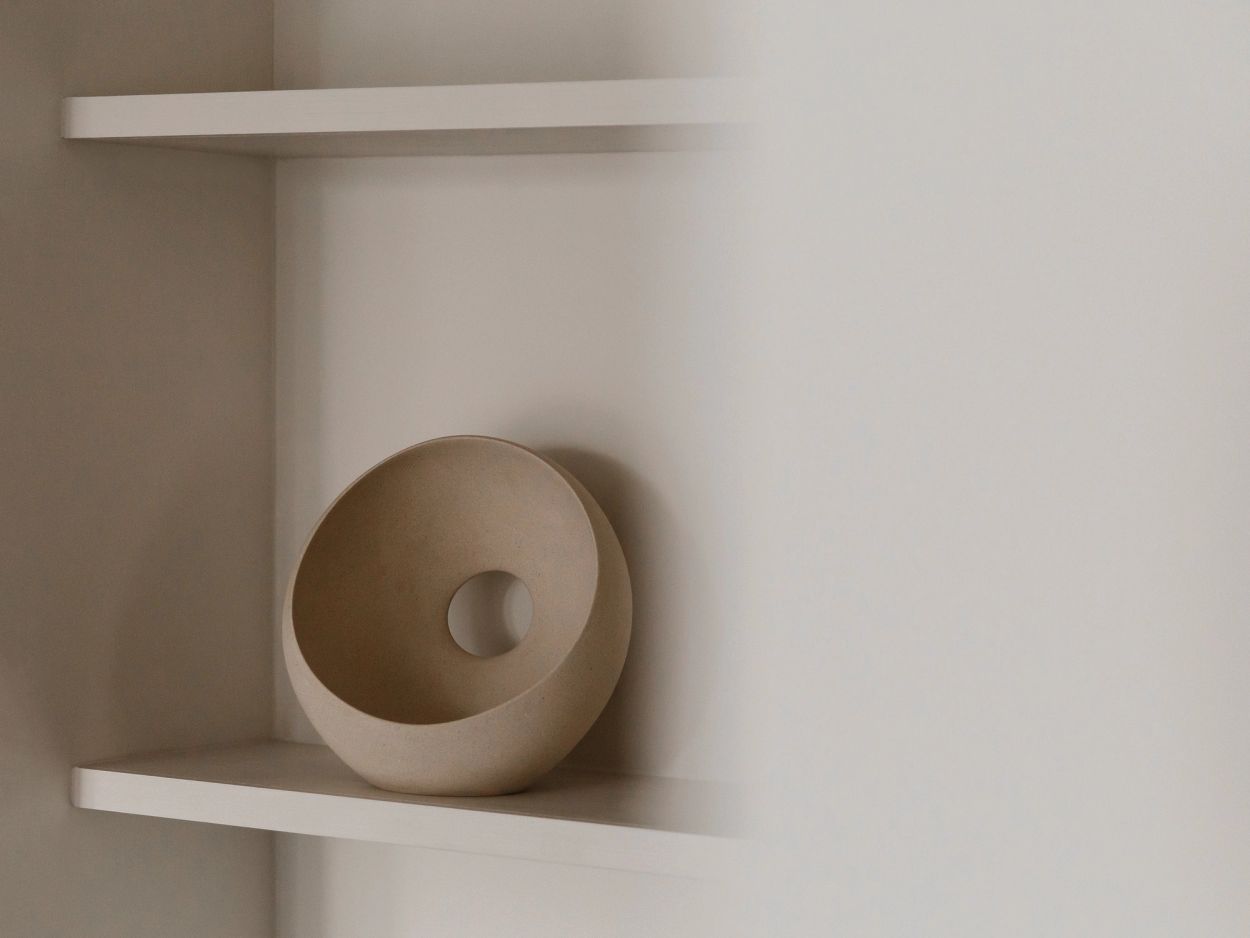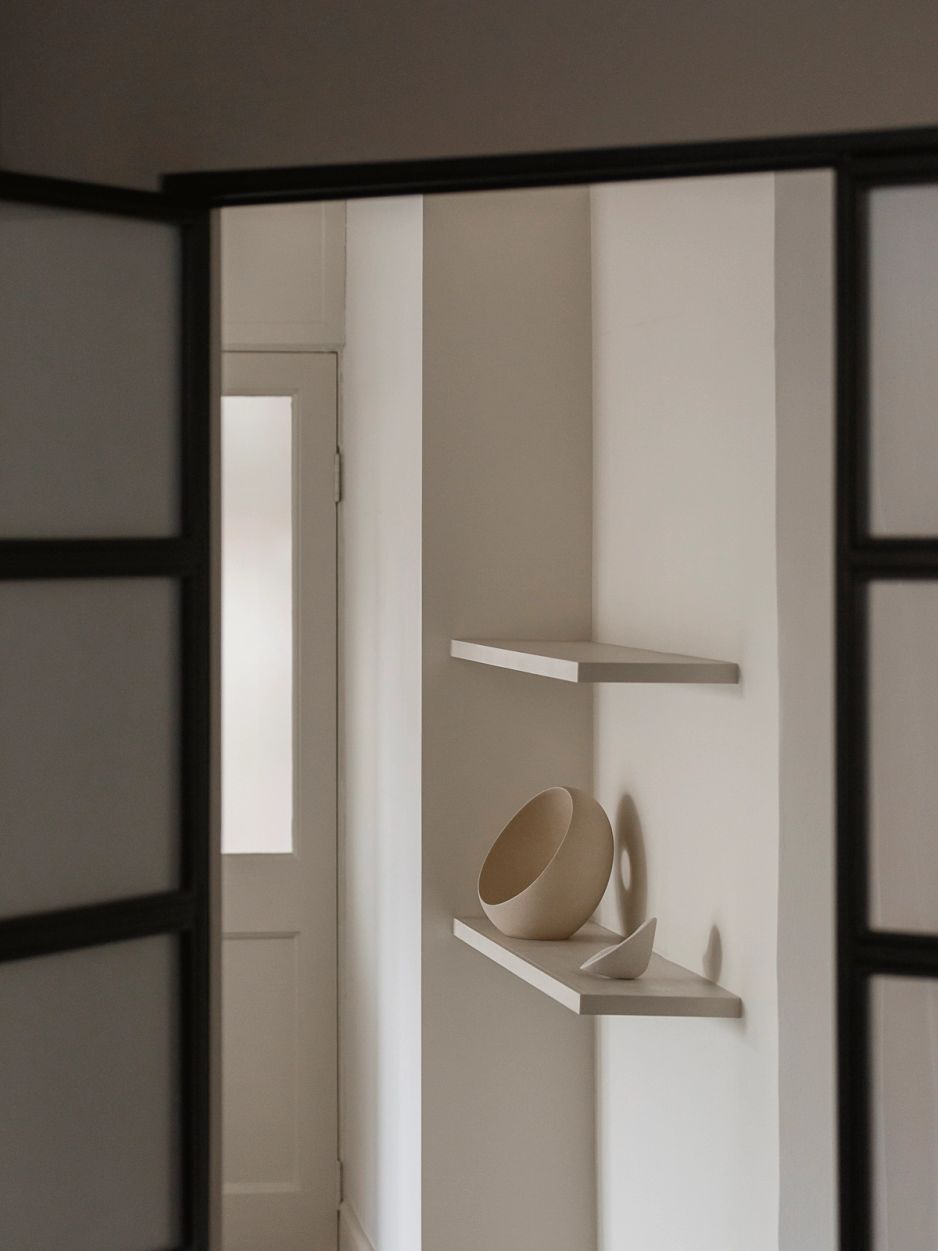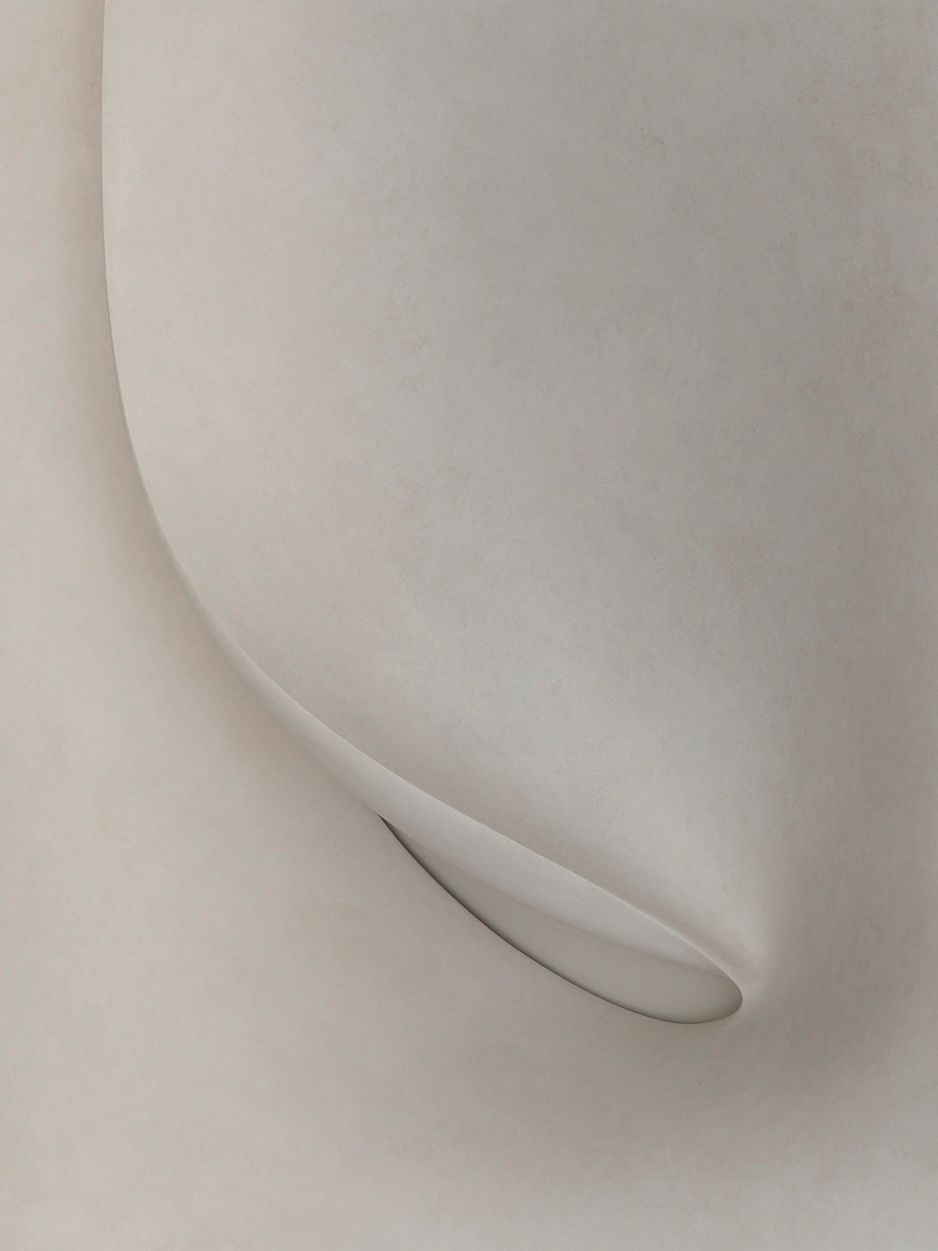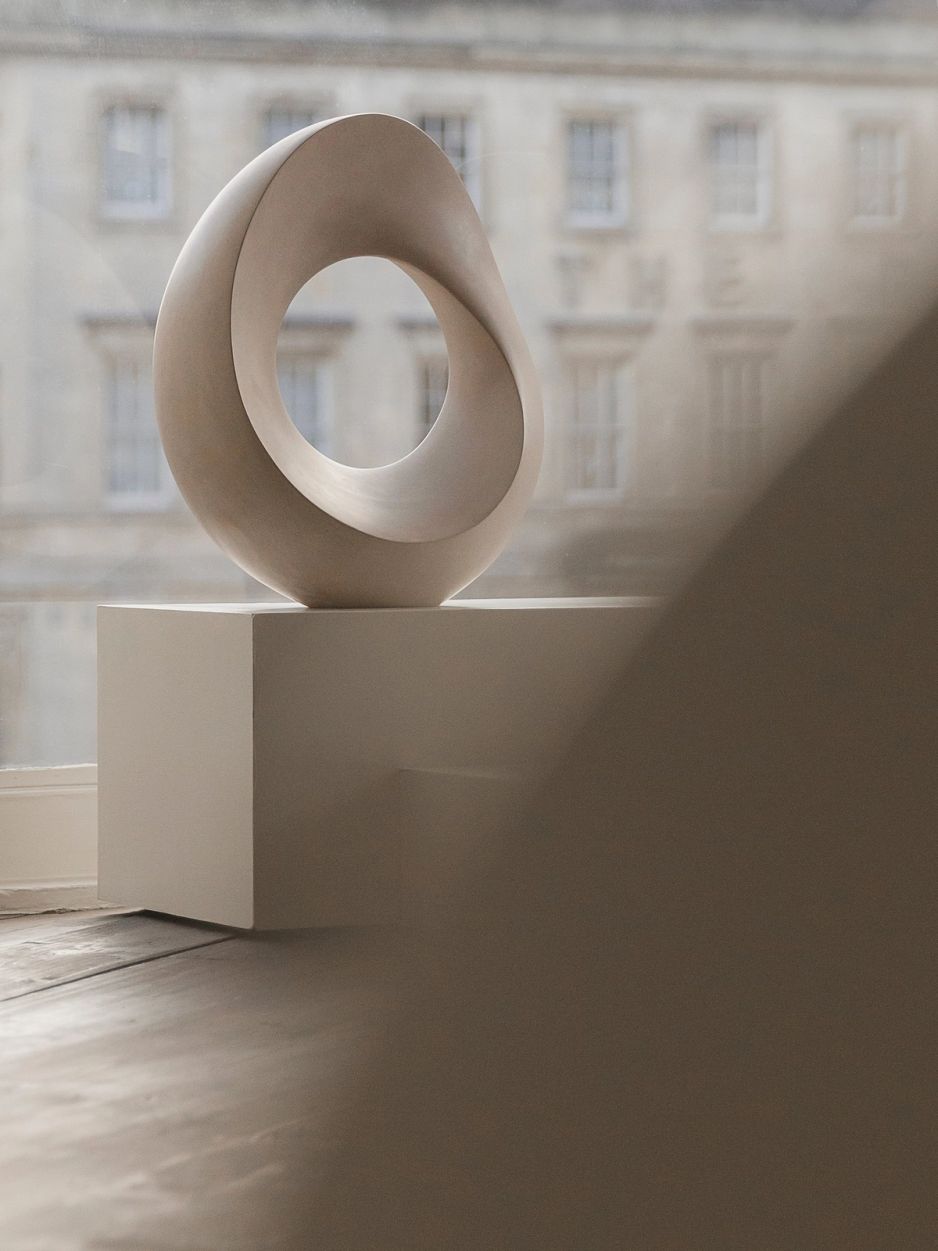Mari-Ruth Oda: Form and Formless Dec 1, 2020 – Feb 13, 2021
Form and Formless is Mari-Ruth Oda’s first solo show for Francis, featuring freestanding and wall-mounted sculptures in jesmonite and ceramic stoneware. Rounded natural forms are abundant in her work, appearing in the shapes of flowers, fruit, seeds, planets and moons. Many of her recent pieces have a quality of turning in on themselves, and exhibit a move towards symmetry. “At the start of 2020, I moved from Manchester to the tip of the Llŷn Peninsula in Wales,” says Oda. “The quiet has provided more headspace for me to work. I have been practising meditation too, which helps me to focus on the feeling in my body as I create. I’ve found that when I aim to convey this feeling, symmetrical forms arise, as if the sculptures are reflecting the natural symmetry of the human body.”
Some of the freestanding sculptures in the show developed from an early maquette of I Hear You, a curving work in jesmonite with a long indentation at its centre. “The piece was inspired by a disagreement I had with my husband,” says Oda. “He is a good listener, and while he didn’t agree with me, he said, ‘I hear you’. While I was working the clay model, I kept coming back to those words and how they felt in my body, and began translating that into a form.”
The works in Form and Formless incorporate Bath stone and yellow sandstone jesmonites, which are new to Oda's practice. “I tend to envision my compositions in white,” she says. “But when I made the sculptures in these natural tones, they acquired a sudden ancientness, and immediately felt more grounded.” The materials lend themselves to the earthy forms evoked in Oda’s work: the ovarian swell of fruit; flowers opening to the viewer; and small round seeds placed inside sculptures. “The idea of the seed form arose when I was making a sculpture inspired by the concept of a book,” says Oda. “I was thinking about the crevice in the pages as a metaphor for the way a book draws you in, seeps into you, and plants a seed within you. From the seed, something flowers – which then led me to the next sculpture: Flowering Bird of Book.” Here, the book’s spine becomes that of a petal, a guiding line of symmetry flowing through the sculpture.
In this body of work, Oda also revisited parts of her practice she has not explored since the beginning of her career, including two large stoneware sculptures: Bean (1997) and Sit-able with a Belly Button (1997). “When I first made these ceramic sculptures, I aspired to make things that held a dual function,” says Oda. “I was interested in Isamu Noguchi’s work, which involves many experiments in functional and sculptural pieces. I was thinking about how people naturally end up sitting on certain objects, such as pillows or boulders, and thought a sculpture that invited a similar response would create an interesting engagement with the viewer. It was curious to inspect these works again and encounter my thoughts from that time, as if I were having a conversation with a former self.”
Oda hopes people are drawn to the energy of her pieces, but also believes they are free to define that energy in their own way. “It is like feng shui,” she explains. “Rather than being to do with the objects themselves, the energy derives from what those objects represent to the person. Similarly, beyond my intentions as an artist, it is the viewer who brings crucial personal meaning to the work.”
Featured works
 Bath Gallery
Bath GalleryMari-Ruth OdaEgg, 2020

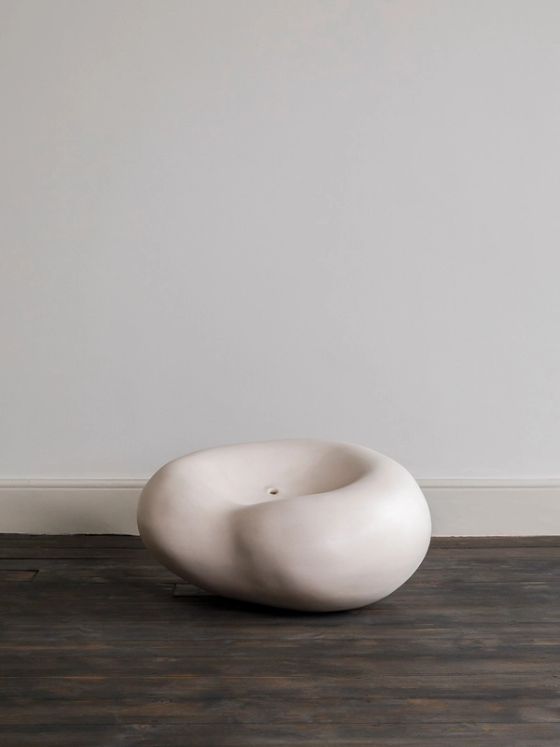 Bath Gallery
Bath GalleryMari-Ruth OdaSit-able With A Belly Button, 1997
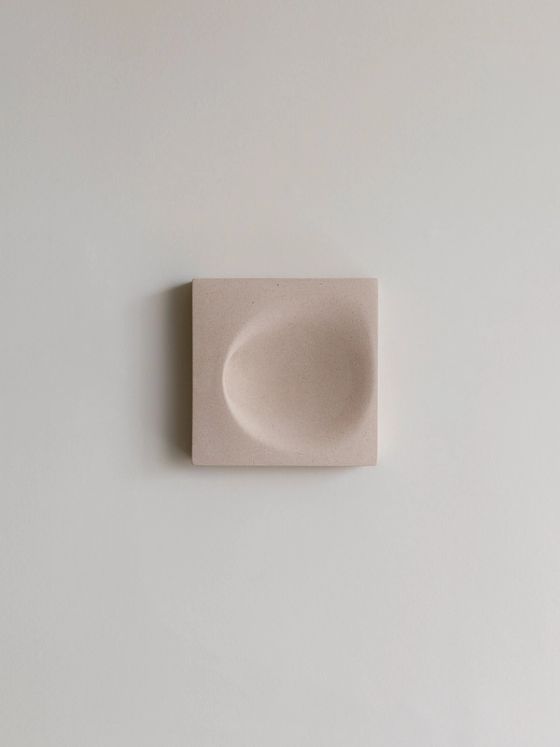 Bath Gallery
Bath GalleryMari-Ruth OdaWave Whispers, 2020
 Bath Gallery
Bath GalleryMari-Ruth OdaSitting Under A Tree, 2020
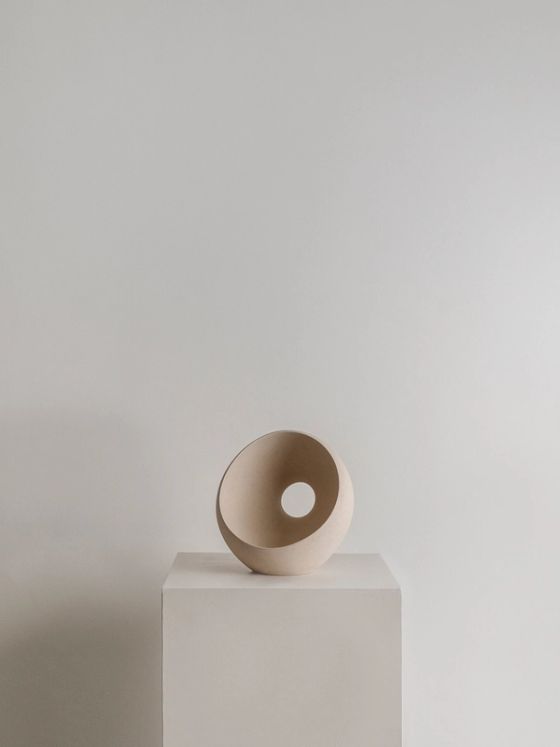 Bath Gallery
Bath GalleryMari-Ruth OdaAfloat Within, 2020
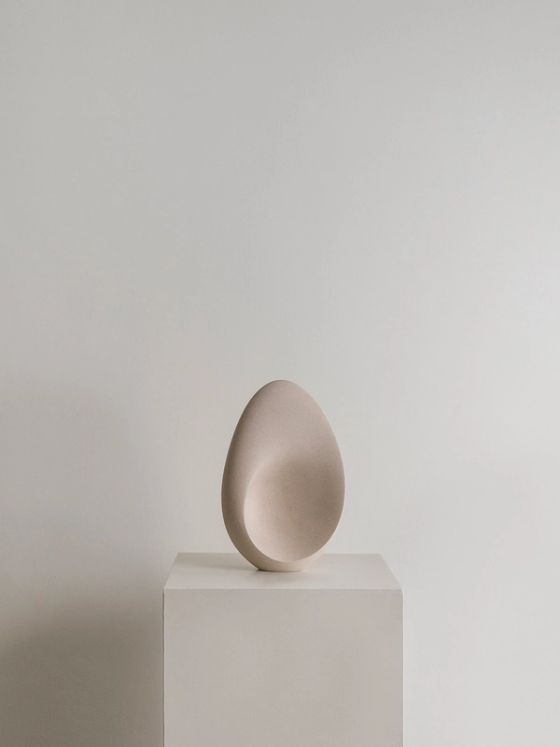 Bath Gallery
Bath GalleryMari-Ruth OdaListening to the Whispers, 2020

 Bath Gallery
Bath GalleryMari-Ruth OdaPlanet Inside A Flower, 2020
 Bath Gallery
Bath GalleryMari-Ruth OdaTaming The Beast, 2020
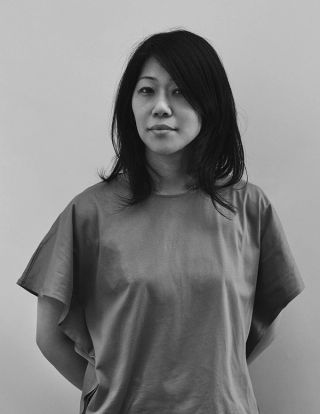
Oda’s serene, emotive sculptures reflect her fascination with fluid lines and natural forms, in materials such as jesmonite, resin and ceramics. “My work says more than I can with words.”
Related exhibitions

Daylight catches the surface of a Korean moon vase in the window of 99 Crawford Street, the location of Francis Gallery’s inaugural show in Marylebone, London. Across a stretch of oak floorboards, an expansive, circular band of jesmonite lends an open focal point to the room. Behind it, smaller forms, like otherworldly pebbles, line a Georgian mantlepiece. These sculptures, resting at various levels on plinths, tables, and window sills, are by Mari-Ruth Oda, a Japanese-born artist based in Manchester. Her work compels the visitor to move and sense the space around it, as they explore its fluid forms and surfaces.

In this life we will create and we will destroy; we will seek and search; we will dwell in the past and project into the future. In this life, we will question if there is another to come, and – no matter the answer – we will wonder, over and over, how best to spend what time we have.






